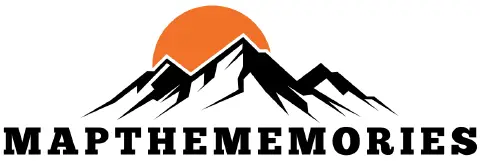Many people think that big cities are always more expensive. Big city prices are no surprise, as big cities have a long-standing reputation for being more expensive than other cities. But is this always true?
Big cities are not always more expensive. It’s true that big cities typically have a higher cost of living compared to smaller cities. Traveling to big cities also isn’t always more expensive. The cost of living and traveling to any big city can vary depending on the city’s location.
Keep reading to learn more about why big cities are often expensive, in which big cities are the most affordable, and more.
Why Are Big Cities so Expensive?
For travelers thinking of living in or traveling to a big city, a financial plan and savings will likely be in order. This is because big cities are expensive in the vast majority of cases.
Budgeting and planning ahead are both critical for budgeting in a big city. If you’re planning on traveling to one soon, you might want to bring a travel journal with your budget outlined.
Lamare’s travel journal is ideal for helping you stick to your budget, and it’s compact enough to carry it with you on your journey.
Big City Sites Lead to Big City Prices
The most crucial factor in driving the high cost of a big city is demand. Big city living becomes expensive when something in the city is attractive to a large number of people.
Whatever that special something may be caused many to flock to that city and initiates an increase in demand for land, housing, gas, food, and other resources. When the demand for those resources is high, prices also rise.
This price increase is compounded when the commodity or necessity is in short supply.
Below are some factors that drive demand:
- Variety in Restaurants/Food
- Favorable Weather
- Unique Culture
- Shops
Big Cities Bring Big Name Restaurants
A high number of people inhabits big cities, and this creates a melting pot of cultures. Along with varied cultures comes a unique take on cuisine. Often, big cities offer a fresh take on a well-loved food item or boast high-quality cuisine.
According to a Time Out Index global survey, Chicago is the world’s food and drink capital. Countless people travel to the city every year to taste Chicago’s infamous deep-dish pizza or to dine downtown at a fancy restaurant.
Due to Chicago’s appeal in the food and drink scene, prices for everything from housing to food are sky-high.
While food and drink are not the only commodities that make Chicago desirable, they keep tourists salivating over the city.
Eating the local fare doesn’t necessarily mean you have to stop at all the tourist restaurants. To help you find some of the hot spots that big city dwellers love, try a food guide like the “Eat Like a Local” series. One of these is to help you navigate most big cities to sample the local cuisine without paying tourist prices.
Ideal Weather Is Huge Draw
Some big cities are expensive because they have a favorable weather profile. San Diego, California, is known for its beautiful weather year-round.
With minimal weather variability, the city’s temperature is usually around 65-70 degrees Fahrenheit in the winter and 70-80 degrees Fahrenheit in the summer.
Locals often state that the weather was a significant determining factor in their decision to live in the city. Tourists also visit the city to enjoy the sunny days and comfortably cool nights.
This is not to say that if the weather in a big city is unpredictable or extreme, the cost of living or visiting that city will be low. Just look at Chicago- the winters in Chicago are frigid, and the summers are sweltering, and the city is still costly.
A Rich Culture Attracts More People
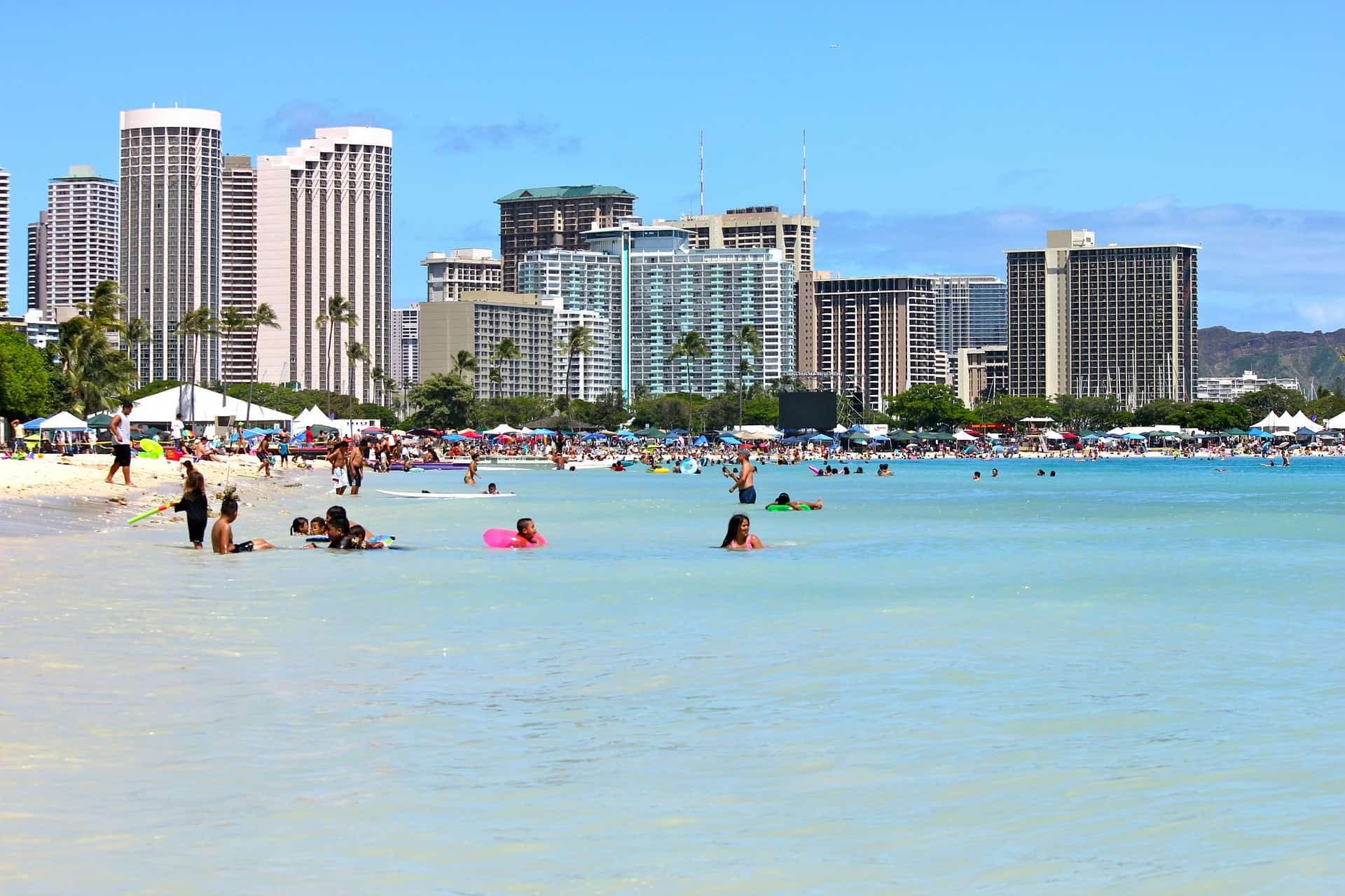
Big cities with a rich culture, or even a mix of cultures, are costly to visit and live in.
Think of Honolulu, Hawaii, for instance. The unique culture of Hawaiians draws hordes of people to the city each year. To take advantage of the demand for the city’s one-of-a-kind experience, businesses charge both tourists and residents at a premium rate.
Hawaii-lovers don’t care about the high expense of experiencing Hawaii-it’s worth it to them.
New York City is known as the culture capital of America. Tourists take trips to New York City to sample broadway performances, explore museums, and experience galleries unique to the city. Because of its rich culture, businesses can keep prices high. The city is one of the most expensive cities in the U.S.
People Love Good Shopping
Well-known fashion and shopping destinations drive demand on a considerable scale. When tourists can expect a top-notch shopping experience, they will pay a premium. Also, cities that host fashion festivals, or are home to fashion icons, often come with a high price tag.
Fashion capitals of the world include:
- Paris
- London
- Milan
The global fashion presence and credibility that each of the above cities boasts is undeniable, and people have noticed.
Paris is home to the best fashion craftspeople in Europe, and people from all over the globe flock to Paris to get quality merchandise. The fashion industry and shopping combine for one of the biggest reasons why Paris is one of the most frequently visited. And Paris is also one of the most expensive cities in the entire world.
In London, one can find some of the best tailors in the world. High-quality fabrics are also found in the city. For these reasons, London is a top-rated destination for tourists. In the absence of careful planning and budgeting, it’s easy to go broke in the city.
Some of the most influential people in the fashion world call Milan home. This creates an air of sophistication that many cities could never hope to attain. Besides, the city has expensive shops where tourists and residents can shop for trendy fashion items.
Milan’s superior shopping selection attracts shoppers from all over the world. As many would expect, the city is more expensive than many other cities.
The Best Big Cities Have a Multi-Faceted Appeal

Some big cities have two or more of the demand factors addressed above, and these cities rise above the rest.
For example, while New York’s main appeal is its rich culture, it is also known for its diverse food options.
Likewise, in addition to Chicago’s reputation as the food and drink capital of the world, the city has several vast shopping centers that lure in tourists by the thousands.
Remoteness Can Affect a City’s Cost of Living
Not only can the above factors affect the cost of living or traveling to a specific city (the remoteness of a city can also affect costs).
Anchorage, Alaska, provides the best example of how remoteness affects prices. Since just about everything in the city has to be imported, the prices are higher. High prices in Anchorage are easy to understand, considering how remote Anchorage is.
If local farmers and manufacturers were to provide goods for the city, the costs of food, gas, and supplies would theoretically be lower.
Since this is not the case, visitors and residents have to pay high prices for just about everything.
When you’re visiting a location that’s remoteness drives up the prices, you might want to make room to bring a few extra supplies in your suitcase. Forgetting the smallest thing might end up costing double what you spent.
Packing cubes, like the ones made by Shacke, are perfect for separating your clothes from other things you might want to stash in your bag, like snacks or beverages.
The cost of living in Anchorage, Alaska, is an astounding 24% higher than the cost of living in America as a whole. Groceries cost a third more than the national average, and home rental and ownership expenses are extremely expensive (35% higher than the national average).
Some Big Cities Aren’t Expensive at All
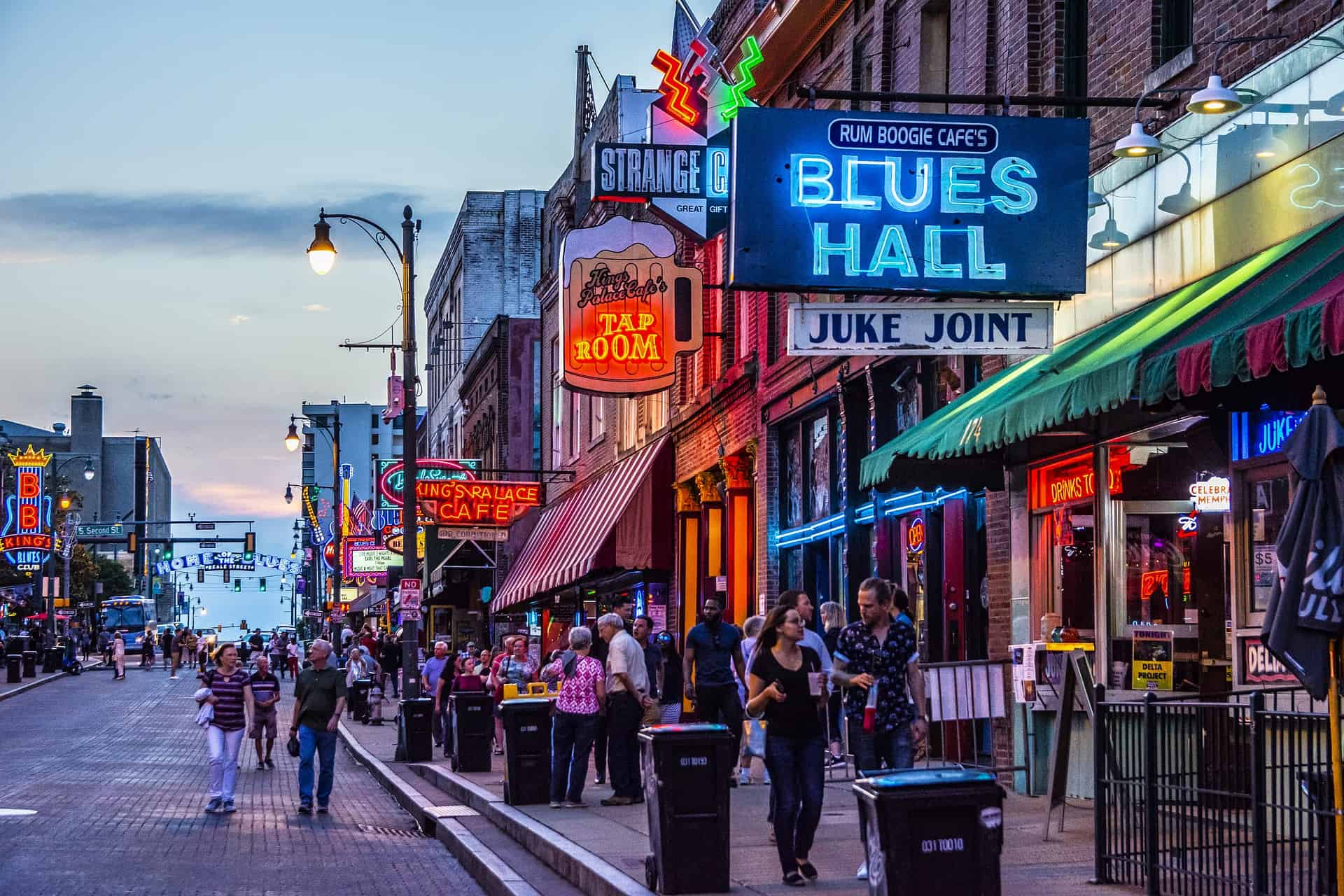
It’s unreliable to assume that if a city is big, it’ll be expensive to travel to, or live, in that city. Big cities exist on a spectrum. Some are extremely expensive, while others are average or low cost.
Cities like San Diego and Manhattan are notoriously expensive for the average traveler or resident. So, for anyone thinking about visiting or living in those cities, it’s essential to be financially prepared.
However, for anyone who wants to enjoy a big city’s perks without paying the hefty city price tag, it’s helpful to become familiar with low-cost big cities.
Memphis, Tennessee Is Among the Least Expensive Cities
Memphis, Tennessee, is a big city that is inexpensive by a longshot. While the city is full, with more than 600,000 people living there, this big city has a small-town feel.
Memphis is much more affordable than many smaller cities. The cost of living in Memphis is over 20% lower than the average American cost of living. The appeal of this city is its musical history.
Tampa, Florida Is a Low-Cost Vacation Hotspot
Another big city that isn’t expensive is Tampa, Florida. This beautiful city is full of fun, with over 150 parks, beautiful beaches, and warm summer weather.
To some, it may be surprising that Tampa is affordable when it comes to the cost of living. The cost of living in Tampa is a whopping 9% lower than the average cost of living in America. Vacationing in Tampa could be an excellent option for anyone looking for an affordable big city experience.
Tulsa, Oklahoma Offers Big City Living for the Frugal
Tulsa is an inexpensive big city known as the former Oil Capital of the world. Today, Tulsa is known for its unique art deco architecture. The city has a population of over 400,000 people and has a cost of living that is 14% lower than the national average.
Traveling to an Expensive Big City on a Budget
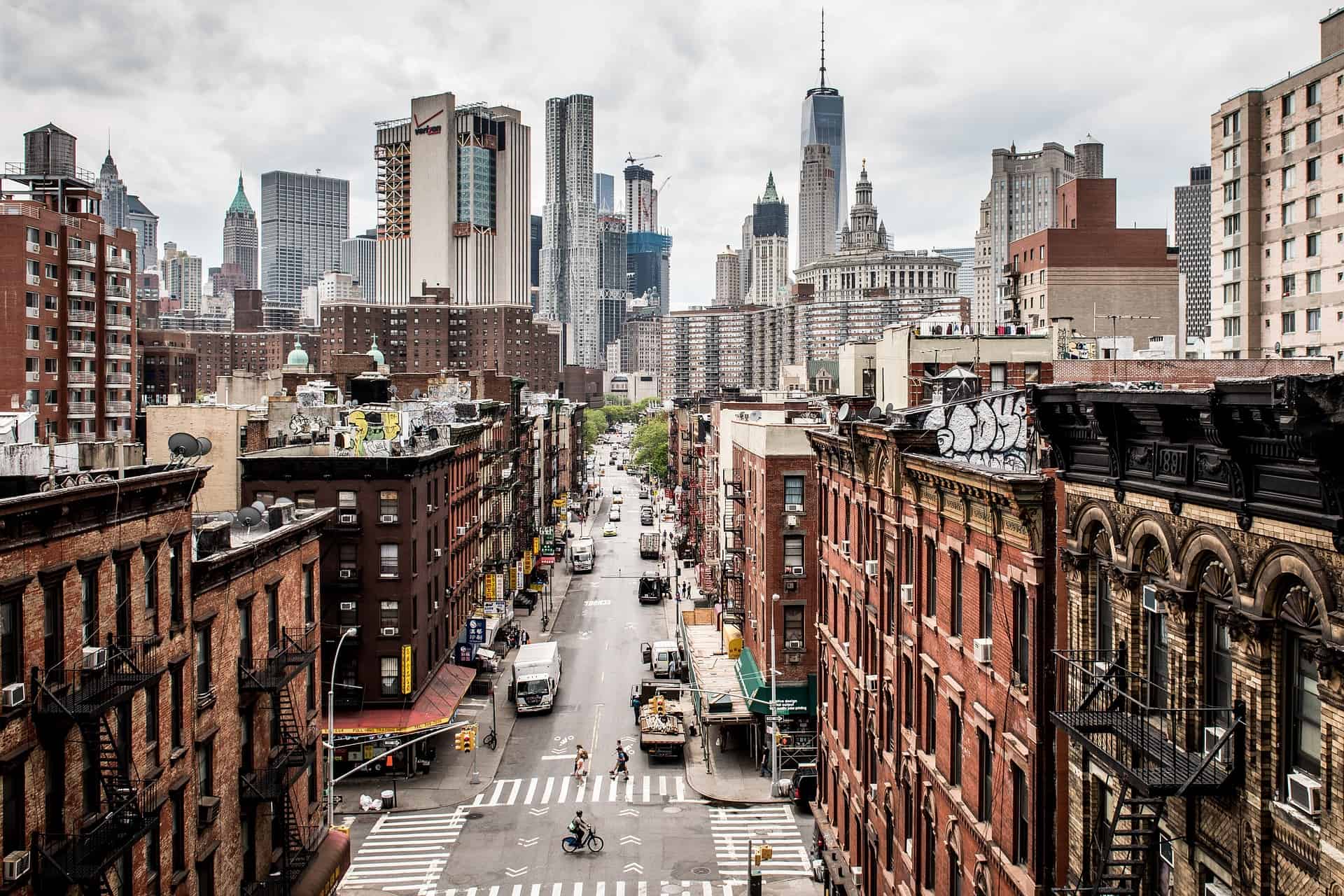
Those who have never experienced the big city life often dream of traveling to a big city to see what it’s like. Unfortunately, many who yearn to travel to an expensive big city will decide not to go through with the trip because they think they can’t afford it. This could not be further from the truth. There’s a means of seeing big cities, even with a small budget.
It is possible to travel to New York City, San Francisco, or Chicago on a budget, but there are specific steps you will need to take.
Purchase Flight or Bus Tickets in Advance
To save money on a trip to an expensive big city, makes as many plans in advance as possible. When booking a flight or buying a bus ticket, it’s imperative to do so months before the trip.
This will often allow for the lowest cost for transportation. Airlines and bus companies charge higher prices when you buy tickets right before a flight.
It’s not unusual to be able to save hundreds of dollars by booking your ticket in advance.
Consider Traveling in the off-Season
When planning your big city trip, consider traveling when prices will be lowest.
The peak season for traveling is during the summer months, which is when the majority of travelers are going on vacation. Since the demand for travel and tourism is high in the summer months, costs increase as well.
If traveling to a big city like Chicago, it may be best to plan the visit for the spring, fall, or winter. This way will be lower on public transportation, public attractions, lodging, and other trip expenses.
Don’t Skip the Bus Tours
Sometime before arriving at the destination, it’d be wise to research the available bus tours. Bus tour companies often cover a lot of ground, allowing tourists to see a large part of the city for a small fee.
Getting an overview of the bus tour can help when it comes time to narrow down which attractions are worth spending your money on. And once the bus tour is complete, the rest of the trip budget can be used to explore specific attractions in a more intimate way.
Scope out City Passes for City Attractions
Big cities have tons of things to do, and tourists are often tempted to go to several places. This can quickly get expensive and blow your budget way out of proportion.
Many cities offer city passes that grant admission to multiple attractions for a single price. Often the price of a city pass is much more affordable than purchasing a pass for each attraction.
When traveling to a big city on a budget, paying less for attractions can make a huge difference.
Use Public Transportation to Save
Public transportation is often the most affordable city transportation available. The alternatives (Uber, Taxis, rentals, etc.) are considerably more expensive.
Public transportation systems, like subways and buses, offer passes for a specified number of days, allowing riders to save more money the more they travel. For instance, tourists can purchase a seven-day bus pass for a flat rate and ride the bus as many times as they want for those seven days. These passes are generally available for a low price.
According to TransitChicago.com, the following bus passes are available in Chicago.
- 1-Day CTA Pass for $10
- 3-Day CTA Pass for $20
- 7-Day CTA Pass for $28
- 7-Day CTA/Pace Pass for $33
- 30-Day CTA/Pace Pass for $105
And the best part about public transportation is that there is no gasoline required- there’s no need to factor in gas as an expense. Not having to buy gas is excellent, considering those big city gas prices are usually sky-high.
Walking and Biking Are Still the Cheapest Transportation Options
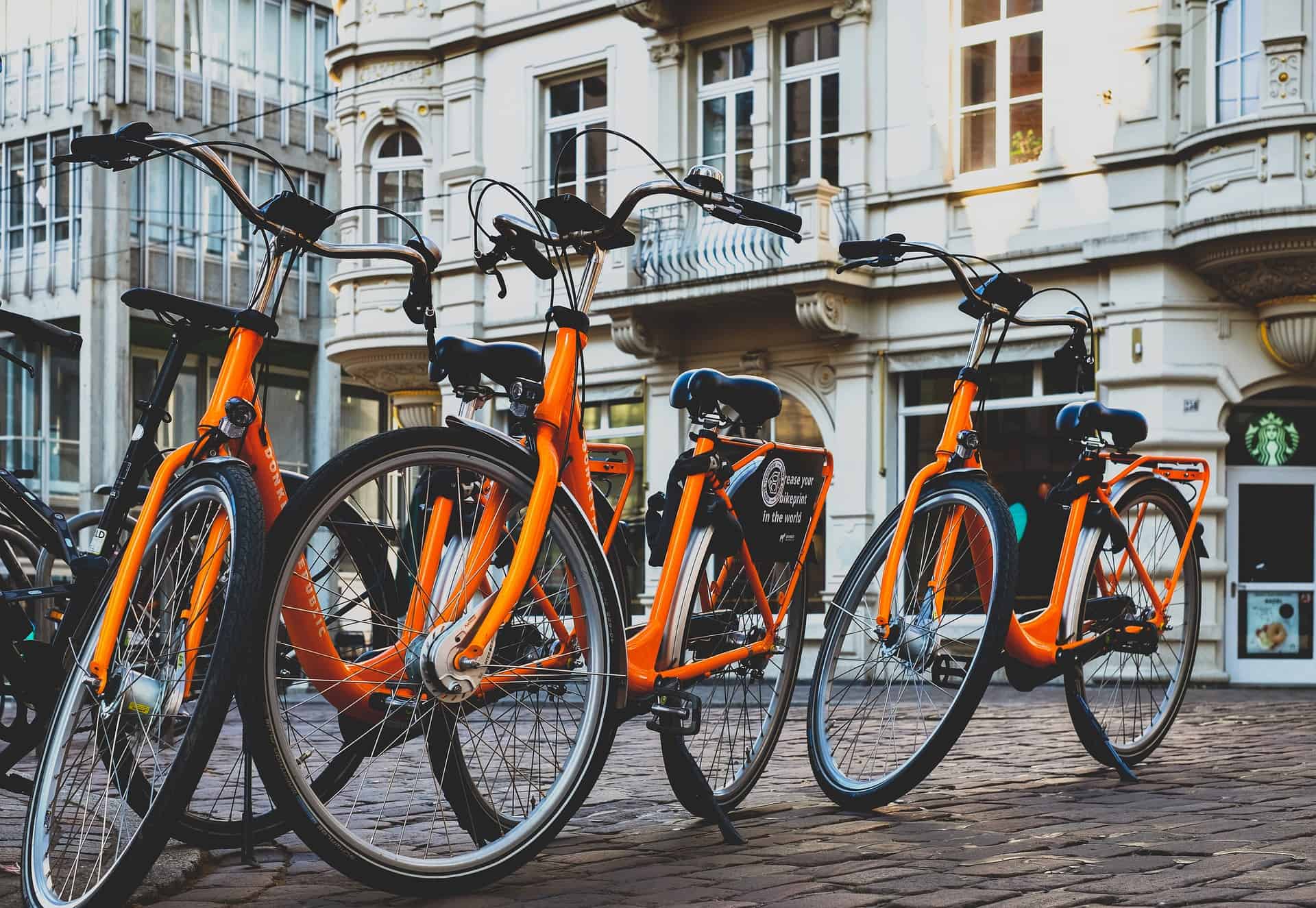
When taking in the sights, smells, and atmosphere of a new city, it’s best to do so on foot. Walking around the town increases the authenticity and intimacy of most experiences. Most of all, walking is free. So, if walking to a destination makes sense, it may be a good idea to whip out the step counter and start walking.
Biking is also a low-cost, efficient way to get from point A to point B. If lugging a bike to a big city seems like a drag, check out the biking options in your major city destination. Often, city businesses will allow patrons to rent a bike for a specified amount of time for a minuscule price.
If you do plan on doing a lot of walking, you might want to invest in a sling bag. Kavu’s version of the travel satchel is comfortable and perfect for storing anything you need for the day, so you don’t have to keep going back to the hotel. It’s comfortable to carry, but also smaller and less bulky than a full backpack.
Cook Your Food
In a big city, everything comes with a price. Food is not exempt. A lot of times, food prices are the costliest part of your adventure. Unless one makes a conscious effort to save money on food, this expense will break your entire budget.
Still, with a little added effort, one can minimize the cost of food. One of the first stops to make upon landing in a big city is to visit a supermarket. It’s essential to pick up non-junk food, which is inherently less expensive, and cook it at home.
Making your meals and snacks will work for anyone who has access to a stove. Of course, a stove won’t always be available, but if it is, it’s wise to utilize that appliance to save money.
Depending on where you’re staying, you may or may not have access to cooking tools. Investing in a simple on-the-go cooking utensils set can make cooking your food a little easier. Wealer’s set of stainless steel travel kitchen tools is a great option.
Avoid Souvenir Shops in Highly Populated Areas
Souvenir shops in big cities are strategic and situate their stores in the most populated areas. Coincidentally, or not so coincidentally, souvenir shops are also in the same locations as popular city attractions.
While it may be convenient to purchase souvenirs while out and about at a New York City theatre or a Daytona, Florida amusement park, it’s not the best financial move. The same goes for airport souvenirs, just don’t do it.
Instead, scope out the flea markets and shops that aren’t in densely populated areas. These shops will have rock bottom prices, letting you save your pennies to spend elsewhere.
Again, planning ahead and careful budgeting makes a difference, even with souvenir purchases.
Choose Low-Cost Housing
Low-cost housing options extend past the traditional hotel. With some purposeful research and a little bit of compromise, one can find more affordable options.
While Airbnb has been around for several years, it remains popular to this day. Shoppers can secure lodging (usually a single room) for a fraction of the cost of an average hotel room. Single room bookings cost as low as $29 per night.
A motel room can also provide low-cost housing for travelers who want to save in a big city. Anyone who wants to stay in a motel must do their research, though. Motels have a reputation for being unclean and frequented by shady people.
However, with an internet search and a close look at reviews for potential motels, travelers can book a motel to stay under $50 per night.
Consider Sharing Housing Expenses
For travelers who want to sample the best of the best housing in a big city, sharing housing expenses with a roommate is a great way to make it affordable and an experience simultaneously. There are potentially negative implications that come with rooming with someone else, which is why choosing the right roommate is essential.
Check out Couchsurfing (I’m a part of the “community,” and I highly recommend giving it a go).
Car Sleeping Is an Option to Explore
For free spirits, sleeping in a car is always an option. The dilemma with this virtually free “housing” option is safety. When traveling in unfamiliar territories, it’s challenging to determine which areas are safe.
And even when an area looks safe, or you’ve heard that it’s safe, danger could always be lurking around the corner. Sleeping in a car is an option that some vehemently recommend, but only if you use caution.
Also, cooking isn’t always possible in a car, so the cost of purchasing outside food could be higher when car sleeping.
Big Cities Have Lots of Pros
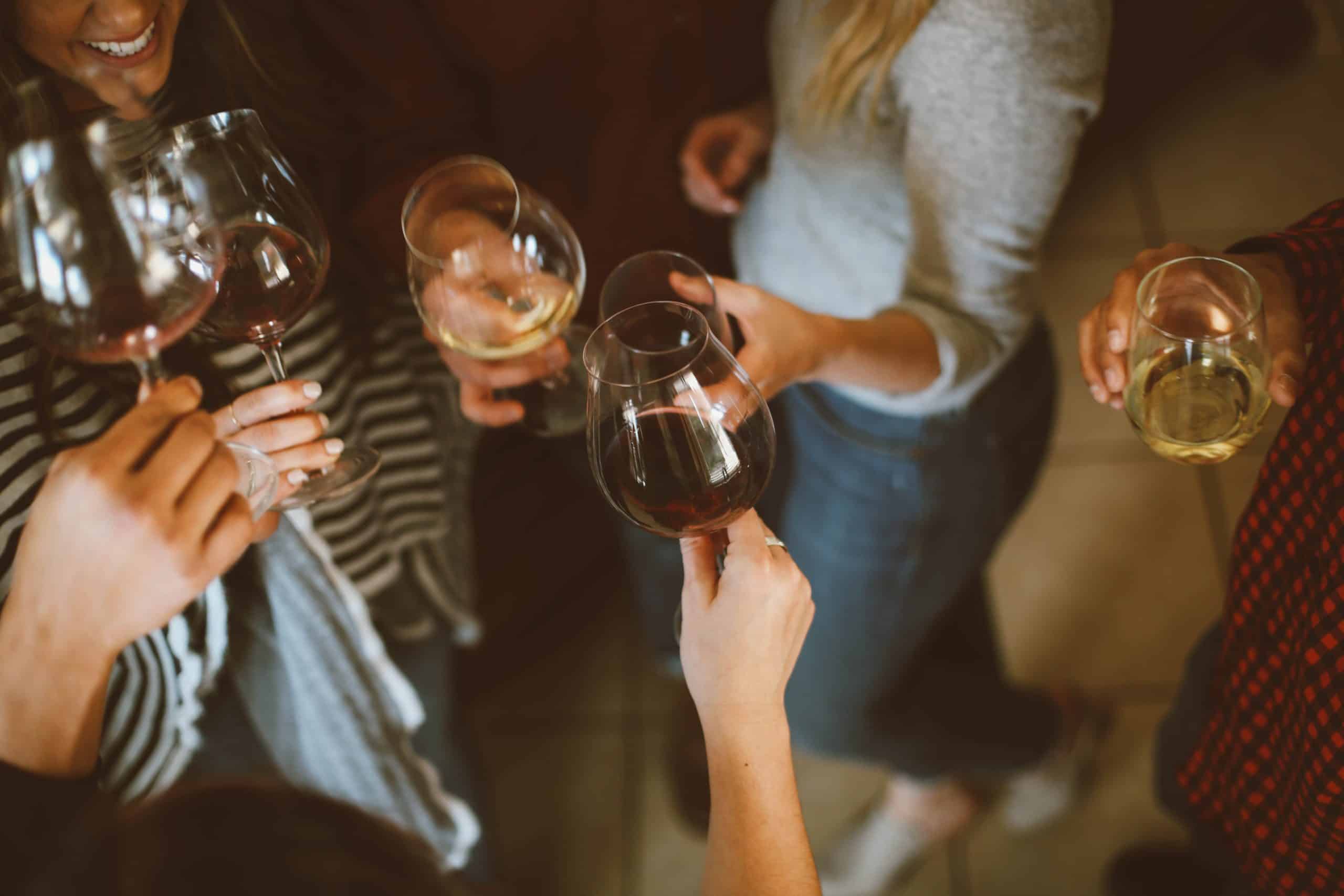
There are lots of positives that come with living in or traveling to a big city. All of those people want to live there for a reason. But what exactly are those reasons?
It’s Easy to Meet Others in a Big City
It may be challenging in a small city to meet new people since there aren’t many people. Contrarily, in a big city, there are many more opportunities to meet people.
Chances are you’ll meet new people every day. Being able to meet new people can feel refreshing and add interest to the trip.
Cars Are Not Necessary
In just about all big cities, public transportation is available, and many locals and tourists regularly utilize it. So, for people who hate driving, traffic jams or would prefer a car-less trip, a big city is equipped with busses and trains that bring riders within walking distance of just about any business or attraction.
Some Activities and Attractions Are Free
In big cities, many activities and attractions are completely free. Free admission is a tactic used by many business managers to drum up interest in their businesses. It’s a win for companies and for anyone wanting to visit.
Also, public attractions, like museums, have free days, where people who may not have the money for admission can experience that attraction.
To take part in free things in a big city, a google search for “free attractions” or “free stuff to do” is all that is in order.
Note: Free things typically take place on specific days- so scheduling the trip when an exciting attraction will be free is a viable money-saving option.
There Are Many Big Events
Big cities are known to be perfect venues for large events. Significant events like big cities because there are already tons of people who are likely to attend those events.
Miami, Florida, and Atlanta, Georgia, are home to countless events where locals and tourists can get out and have fun in large groups. Concerts and music festivals are also generally held in big cities.
Big Cities Are Not Perfect

Many believe that big cities are “perfect,” but this couldn’t be further from the truth. There are many downsides to visiting or living in a big city.
Big Cities Are Loud
People who have never been to a big city have no idea what big city noise is. Large cities have thousands of people, which calls for countless cars, buses, trains, and airports close by in most cases. Airplanes often fly overhead. And in downtown areas of big cities, the noise never stops-so visitors will need to get used to 24-hour noise.
Parking Is Problematic in a Big City
With so many cars and buses on the road in a big city, finding parking requires real effort. It’s normal to arrive at a destination and find that there is nowhere to park. To avoid being late and frustrated, it is essential to allow for extra time to find parking.
Not only is parking scarce, in many areas, it can also be expensive. Drivers could spend more than $50 in a day on parking.
To avoid the parking expenses, try not to drive if at all possible.
Crime Rates Are Often Higher
In a big city, there are more people. More people translate to more crime. So, it’s essential to be vigilant when it comes to safety, regardless of the big city.
Final Thoughts
There are plenty of big cities with a big city price tag in both living and travel expenses. The larger populations play a big part in raising costs, but location and weather also factor into big-city prices.
The good news is that not all big cities are pricey, whether you’re traveling or relocating. And there are ways to make your way around a large city within your budget.
